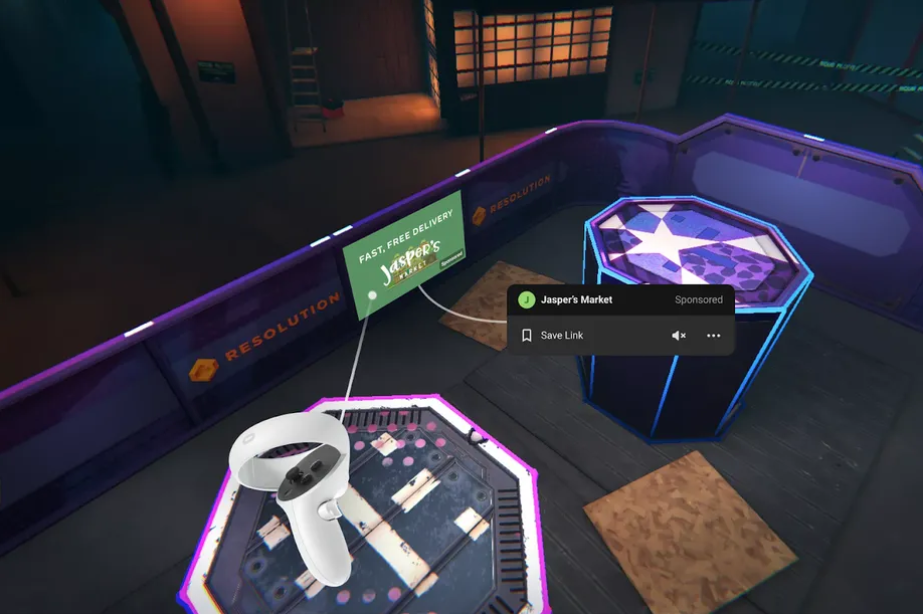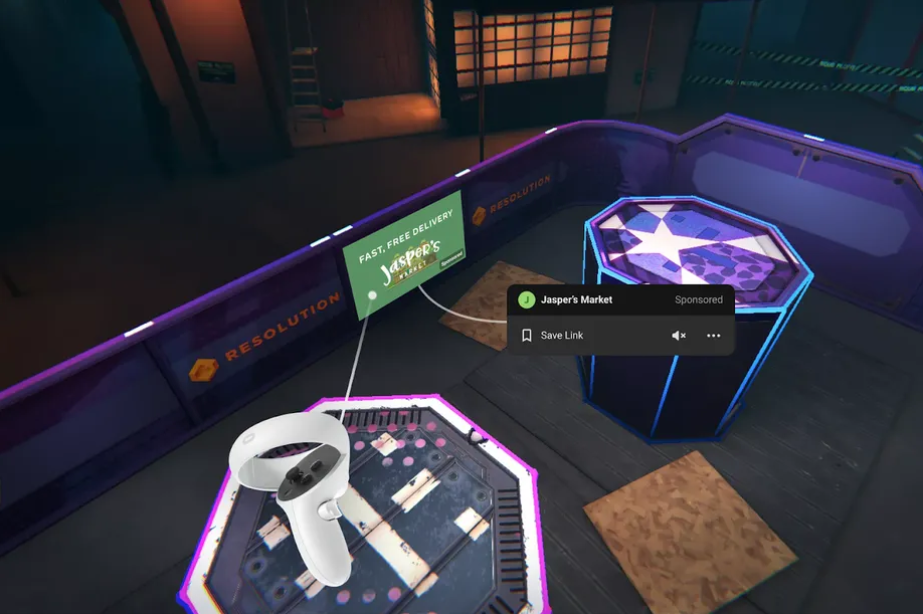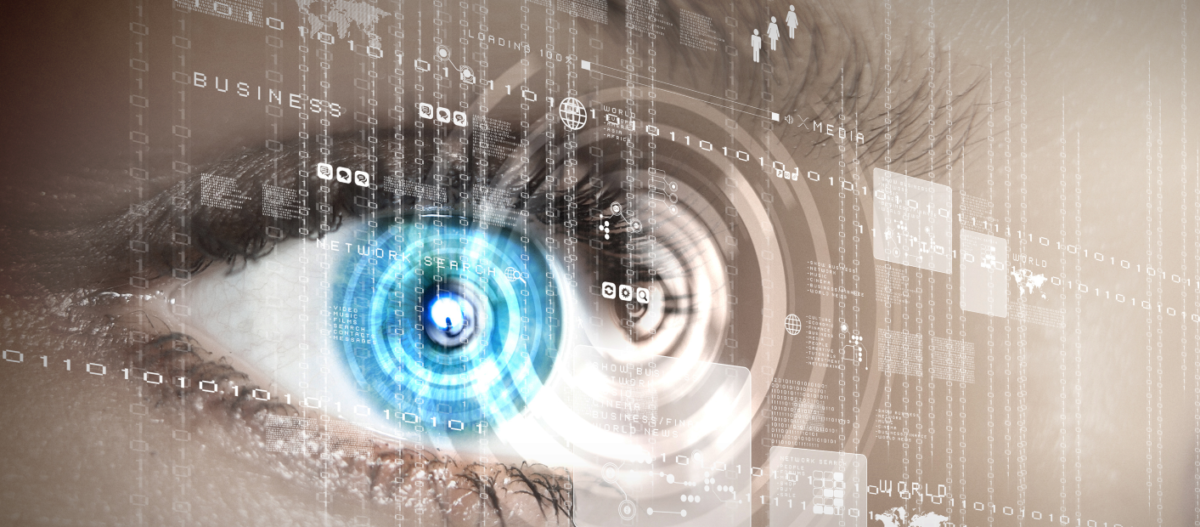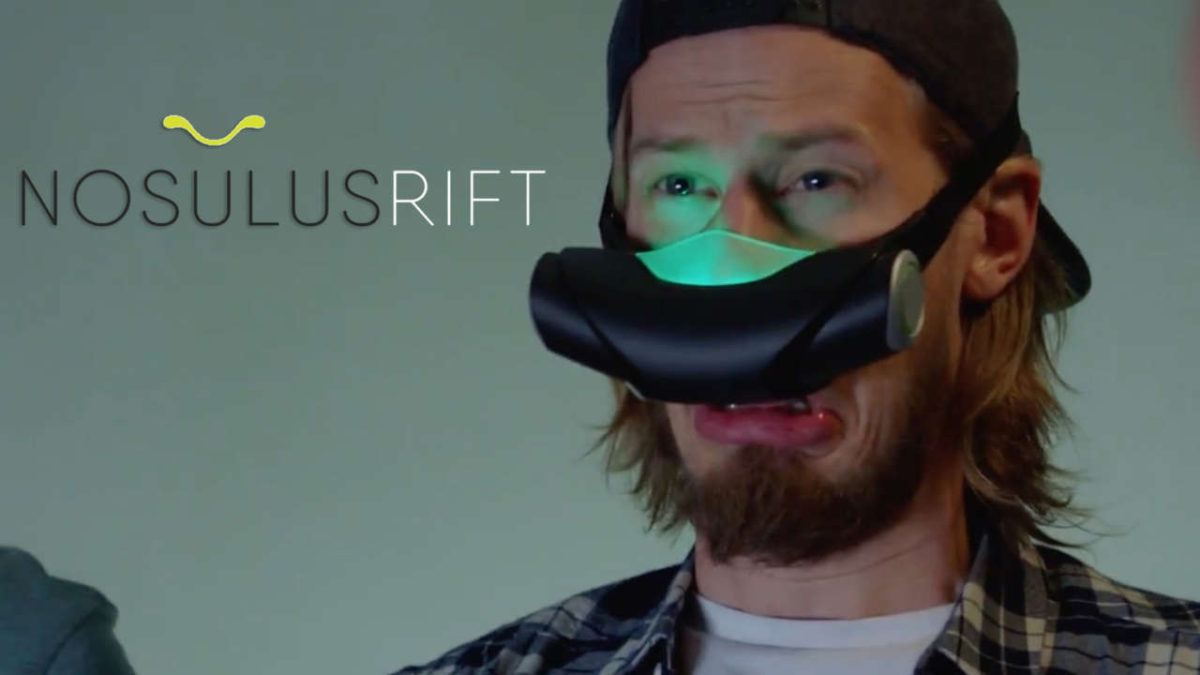
Ready Player One (2018) is a popular movie that follows the story of Wade Watts, a typical young adult, who dives into a Metaverse system called OASIS as do many of his peers. The technology in that sci-fi movie depicts a world in which people can fully immerse themselves within the Virtual Reality game. Of course, an infamous company’s CEO Nolan Sorrento, has for objective to gain ownership over the OASIS system in order to have full advertising power over the players.

Although this is purely science-fiction, the ethical questions that the movie encompasses can become very relevant indeed, and in the near future! Facebook’s CEO Mark Zuckerberg announced that the company would become known as a Metaverse company. As in any industry, if there are opportunities of profit, they will be seized.


Facebook’s VR Gaming Brand Oculus has known a global success with the launch of its latest VR Headset, the Quest 2. Having sold over 5 Million units since its launch in October 2020, making it the most popular VR console ever released, surpassing HTC, Sony, HP and Valve equivalents. The Quest 2’s success is greatly attributed to its affordability at a price of about $300 for its most basic version.
Although the industry is at its beginning stages, Facebook has started making moves with regard to advertising and the future of the Metaverse. In June 2021, publisher and creator of its popular game Blastron, Resolution Games, was the first to sign up for advertising trials that Oculus was looking forward to.

Facebook had envisioned the ads as being a background with an emphasis on context and relevance. For example, these ads may be shown as part of the virtual environment, where there would be ads if it were in real-life. As shown in the picture above, these ads would be posted in a banner-type style as additional decor.
However, due to poor communication on Facebook’s part, the news was turned with a different narrative. Instead of being passive advertising which would melt in the environment without removing any sense of immersion, the VR community believed that the ads would come in between Menu screens, and be completely detrimental to the VR experience. Many thought that this was only the start and that it would eventually resemble what the villain in Ready Player One (2018) wanted to achieve.
The players complained that it was unfair for advertising to be added to a payed-for game. Oblivious to the fact that the extra revenue stream would be destined towards the developers, the community rejected the concept and called upon a boycott. Due to a high level of backlash, Resolution Games came back on their word and decided that their game was not a good fit for advertising trials. Against their will, Facebook was forced to postpone their advertising trials.
What does the future of VR Gaming hold, and what type of advertising will be implemented?
Sources :
https://www.bbc.com/news/technology-57568039
https://uploadvr.com/facebooks-head-of-vr-responds-to-ad-criticism/
https://www.counterpointresearch.com/xr-headset-shipments-almost-triple-yoy-q1-2021/
https://www.theverge.com/2021/6/16/22535511/facebook-ads-oculus-quest-vr-apps
https://www.theverge.com/22588022/mark-zuckerberg-facebook-ceo-metaverse-interview



